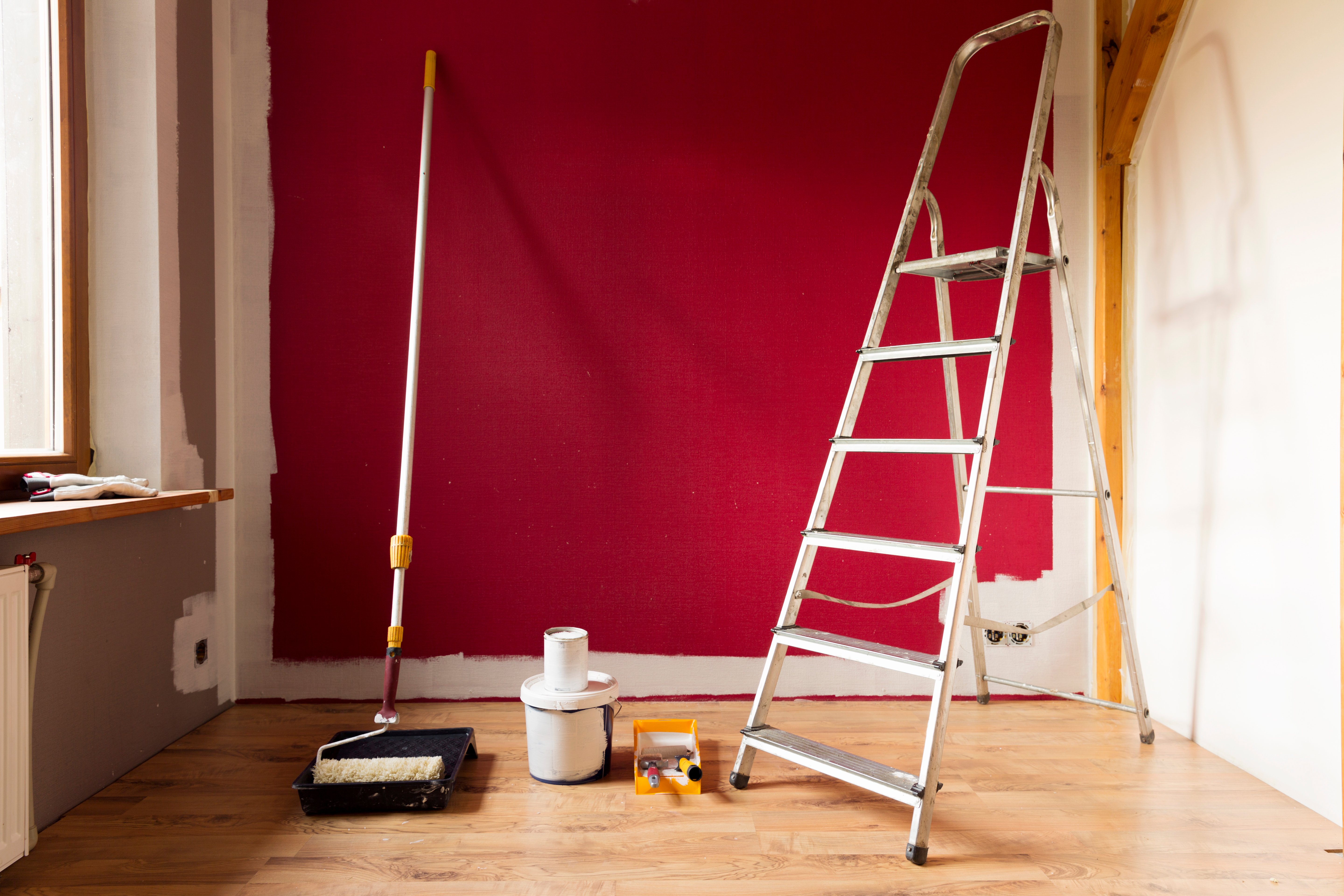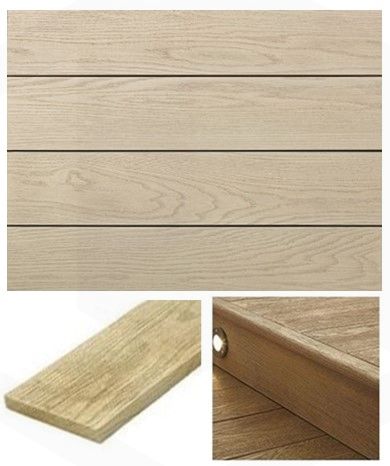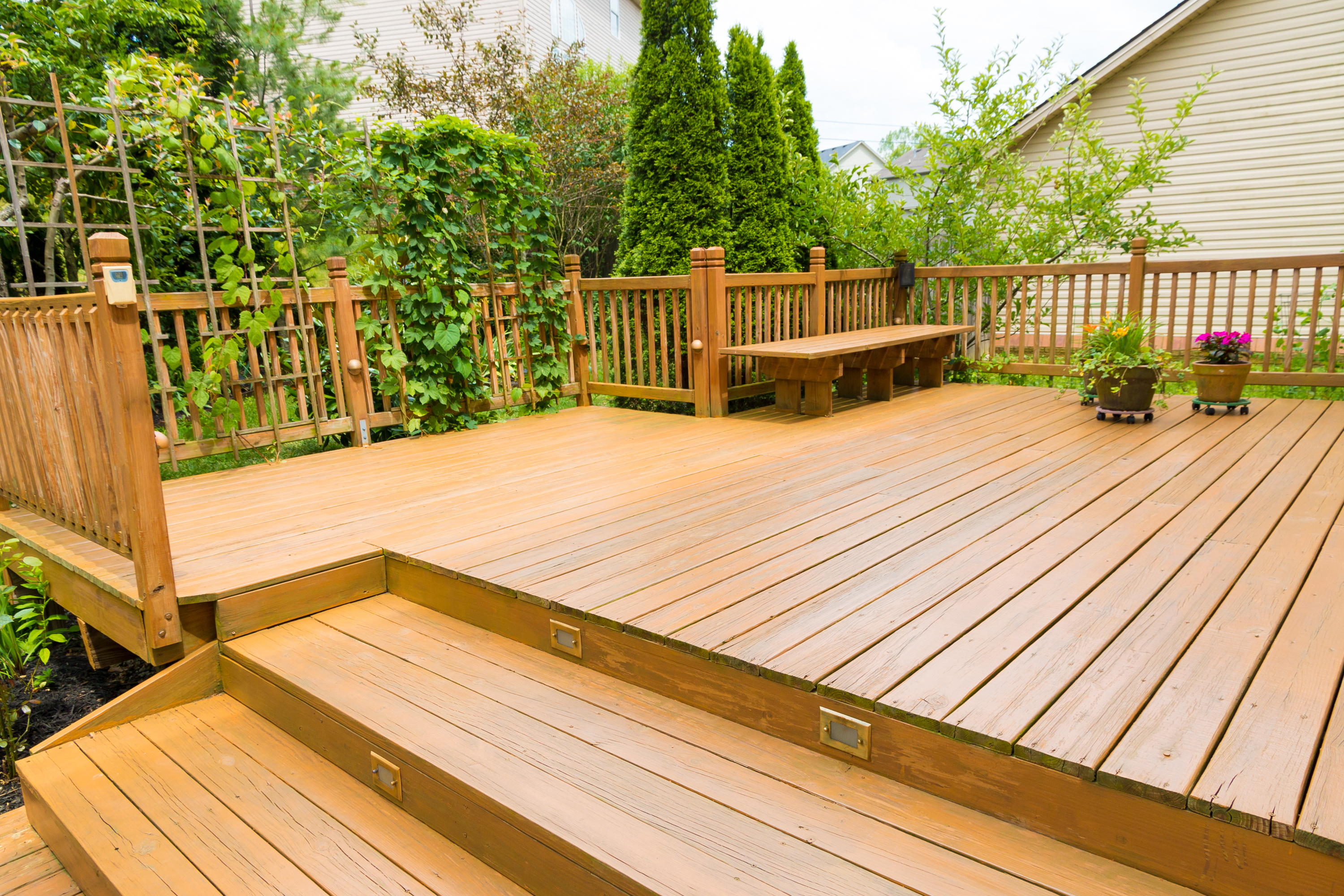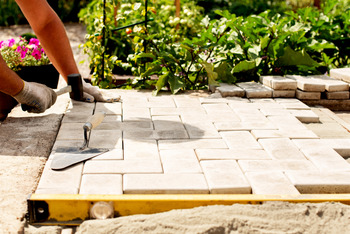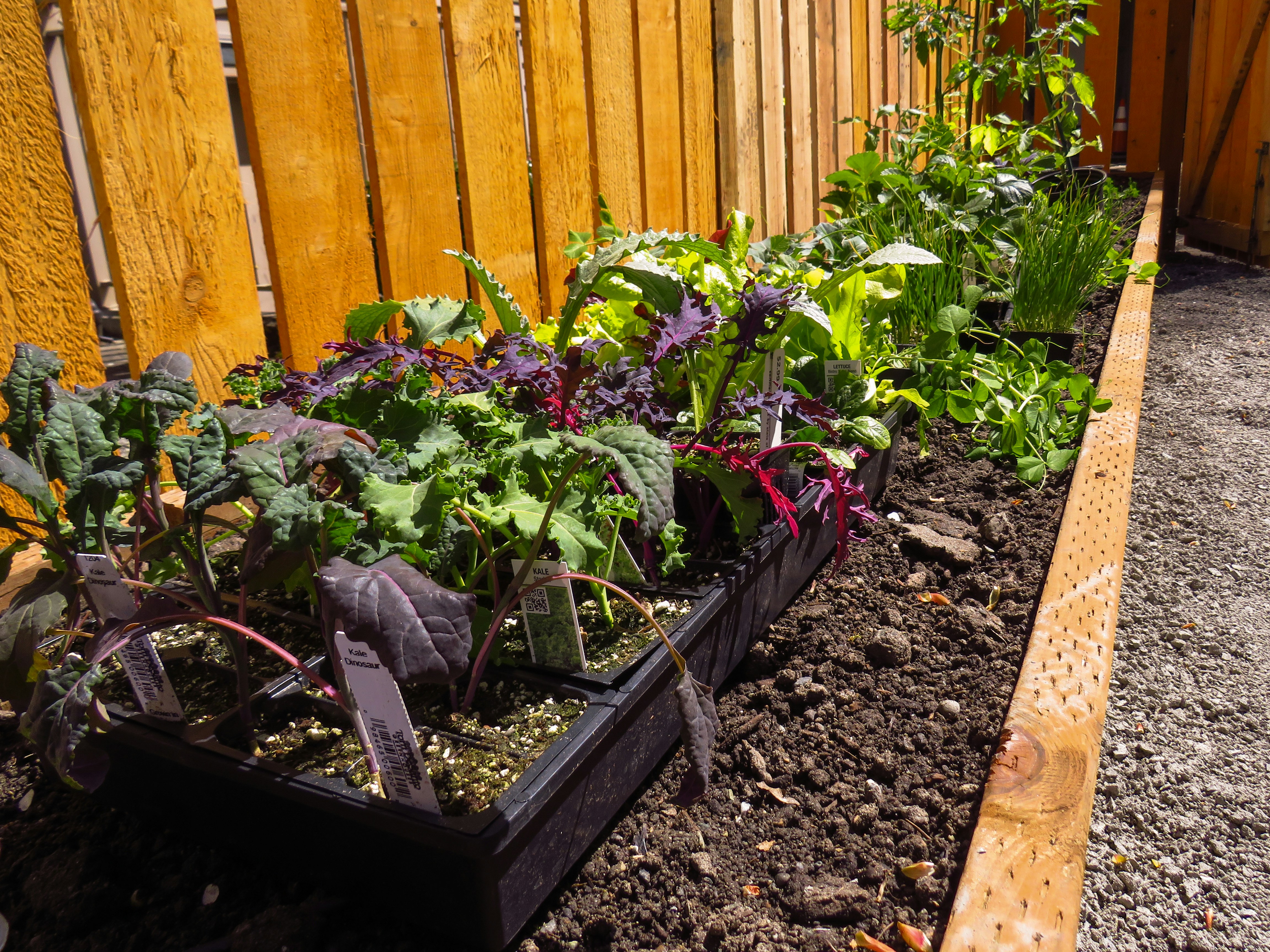1. Gather Your Materials
Before you begin, make sure you have all the necessary materials on hand:
- Paint
- Primer (if needed)
- Paintbrushes (various sizes)
- Paint roller and tray
- Painter's tape
- Drop cloths or old sheets
- Sandpaper or sanding block
- Tack cloth or damp rag
- Putty knife (for patching holes)
- Caulk (for filling cracks and gaps)
2. Prepare the Surface
Proper preparation is key to a flawless paint job. Start by clearing the room of furniture or covering it with drop cloths to protect it from paint splatter.
Remove any wall decorations, switch plates, and outlet covers. Next, inspect the wall for any imperfections such as holes, cracks, or bumps.
Use speckling compound to fill holes and cracks, then sand the patched areas smooth once dry. Wipe down the entire wall with a tack cloth or damp rag to remove dust and debris.
3. Apply Painter's Tape
To ensure clean, crisp edges, use painter's tape to mask off areas you don't want to paint, such as baseboards, trim, and adjacent walls. Take your time applying the tape, making sure it's straight and properly adhered to the surface. Press down firmly on the edges to prevent paint bleed.
4. Prime the Wall (if necessary)
If you're painting over a dark or uneven surface, or if you're making a significant colour change, applying a coat of primer can help the paint adhere better and provide a more uniform finish.
Use a brush to cut in around the edges, then use a roller to apply primer to the rest of the wall. Allow the primer to dry completely before proceeding.
5. Paint the Wall
Once the primer is dry (if you've applied it), it's time to paint the wall. Stir the paint thoroughly before pouring it into the paint tray. Use a brush to cut in along the edges and corners of the wall, then use a roller to fill in the larger areas.
Work in small sections, overlapping each stroke slightly to avoid streaks or roller marks. Apply multiple thin coats rather than one thick coat for better coverage and a smoother finish.
If you want to learn more about types of paints and especially exterior paints, check out our blog post.
6. Allow to Dry and Inspect
After applying the final coat of paint, allow the wall to dry completely according to the manufacturer's instructions. Once dry, carefully remove the painter's tape to reveal clean, crisp edges. Take a step back and inspect the wall for any missed spots or imperfections.
Touch up as needed, then allow the paint to dry completely before moving furniture back into the room or reattaching switch plates and outlet covers.
7. Clean Up
Properly cleaning your tools and disposing of any leftover paint is essential for maintaining them and minimizing waste.
Wash paintbrushes and rollers with soap and water for latex paint or mineral spirits for oil-based paint. Seal any leftover paint cans tightly and store them in a cool, dry place for future touch-ups.
By following these steps, you can achieve a professional-looking paint job that will enhance the appearance of any room in your home. Remember to take your time, pay attention to detail, and enjoy the transformation process. Happy painting!
Check out our full range of painting and decorating products here.


